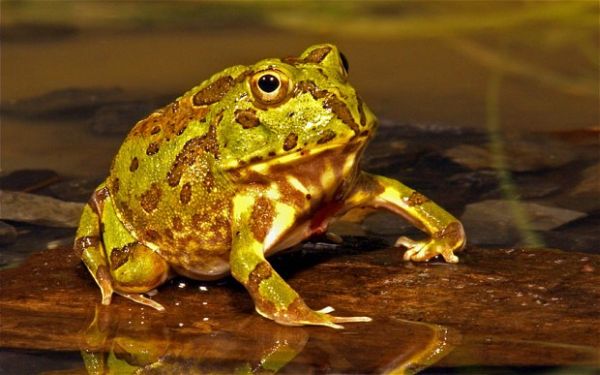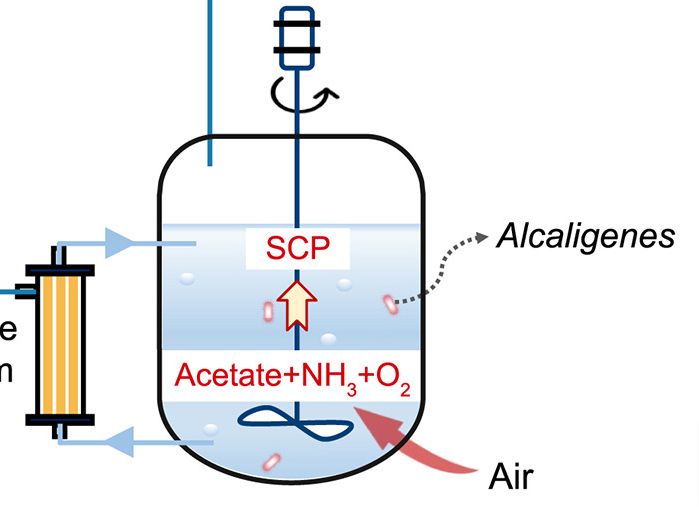Often researchers have studied animals to seek answers to certain queries. This time again, researchers are studying a tiny hibernating frog that would help astronomers in their future space mission. Space travel has several short and long term impacts on the health of astronomers. Researchers are specifically studying Cyclorana alboguttata, a green striped burrowing frog that hibernate for several months without experiencing any muscle wastage.
While on Earth environment, human bodies have to work against gravity, due to which cells, muscles and bones in the body remain strong and firm. Under zero gravity, human bodies encounter drastic changes. Maintaining muscles under zero gravity is a major problem that is faced by astronauts going on future mission in space. Understanding how the frog manages to hibernate without muscle waste, will help not just the astronauts, but also be beneficial in preventing muscle wastage in bedridden patients.
Cocoon casing during scarcity of resources
Researchers from University of Queensland have recognized crucial genes that prevent muscle wastage in hibernating frogs. They observed that the frog when underground, cover themselves in a cocoon made of shed skin when there is a scarcity of resources.
According to PhD student Beau Reily it is important to comprehend cell signalling pathway responsible for resisting muscle atrophy, which can be achieved by studying the frog. Researchers have recognized survivin, a gene, which safeguards cells by removing, unwanted diseased and damaged cells. The same gene is seen to be hyperactive in human cancer cells. Yet another gene known as checkpoint kinase 1, controls the process of cell division and DNA repair.
ROS molecules causes muscle atrophy
Highly charged molecules known as Reactive Oxygen Species (ROS) causes degradation of proteins from the inactive mammalian muscle, leading to muscle atrophy. On the contrary, ROS seems to have little effect on tailless amphibian’s muscles. Researchers suggest that increased levels of antioxidants, along with compounds like sulfiredoxin and thioredoxin, prevent loss of muscle in hibernating frogs. Similar outcome has been observed in hibernating mammals like squirrels.
Therefore, studying hibernating frog will give insight for developing modern medicine and future manned space mission. These animals are capable of surviving in extreme weather conditions, which might be helpful for humans as well.
Source: The Telegraph




